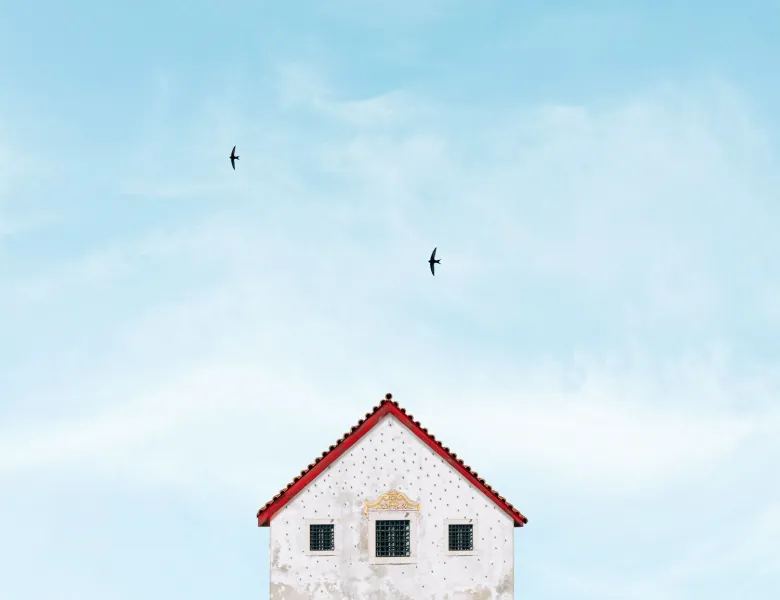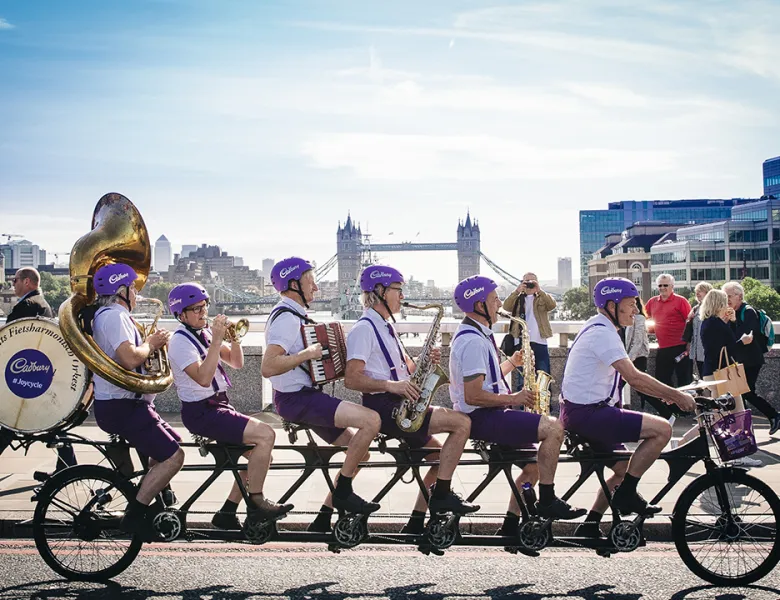Gili Yaari - Purim Holiday in Jerusalem
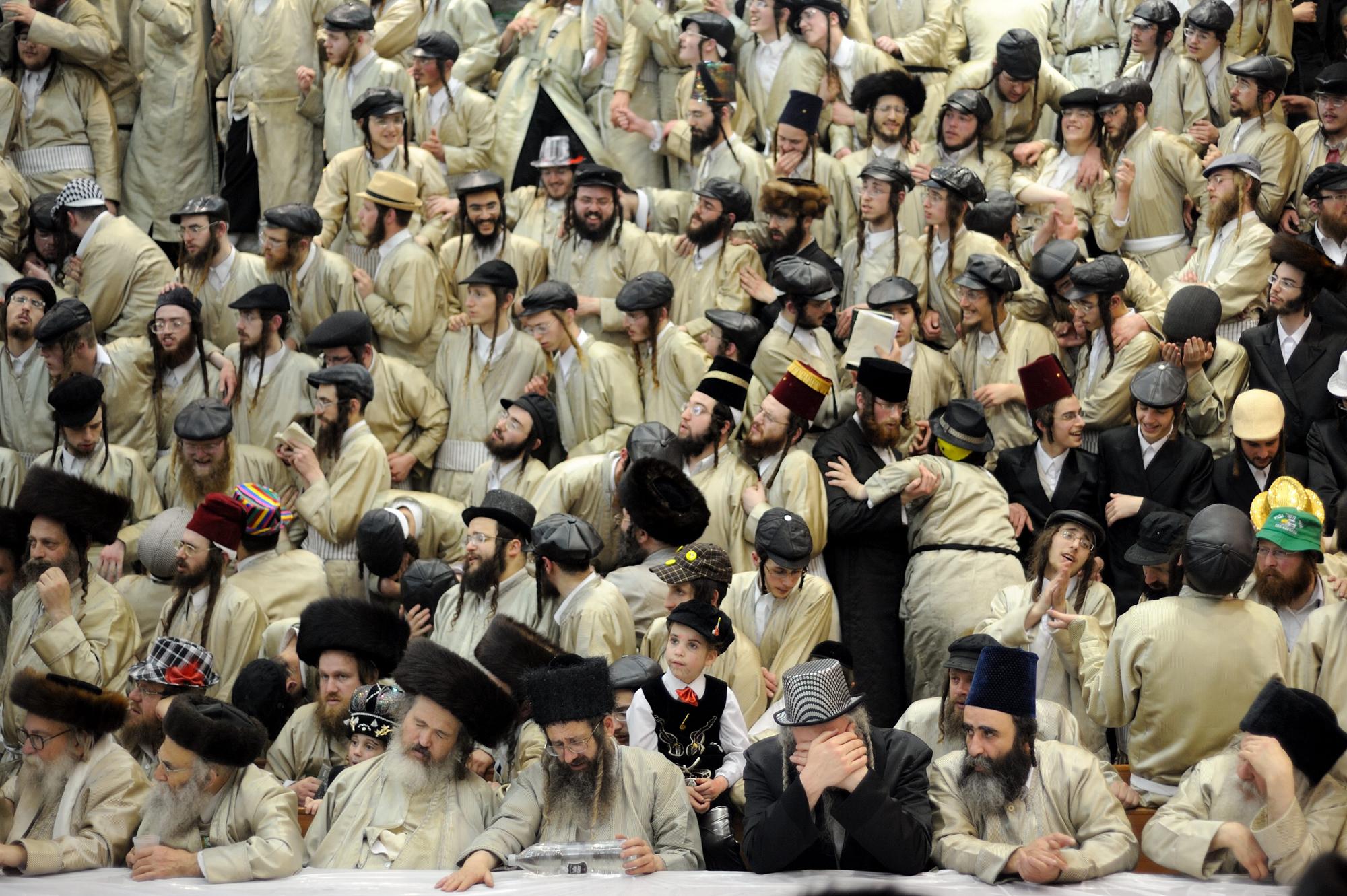
Gili Yaari is best known for documenting the highs and lows of our time. Based in Israel, he spends his time documenting local issues, politics and everyday happenings. Yaari’s photographs invite us into otherworldly spaces such as his series ‘Purim Holiday in Jerusalem’ that was shortlisted for the 2015 Sony World Photography Awards in the Arts and Culture category.
Enter the 2017 Sony World Photography Awards for free today.
Gili Yaari is an Israel-based photojournalist specializing in documentary and news photography. In his work, Gili focuses on social and humanitarian issues as well as on contemporary Israeli issues.
Gili's works were published in New York Times, Time, Wall Street Journal, Le Monde, Corierra Della Serra, The Guardian and Financial Times among other international and Israeli magazines and daily papers.
Since 2007 Yaari is has been a contributing photographer for the Jerusalem based press photo agency Flash90. Since 2013 he is a contributing photographer to NurPhoto.
Yaari has participated in several group exhibitions in Israel and worldwide. His work was awarded in various international photography competitions like Sony World Photography Awards, 'Prix de la Photography Paris' (PX3), 'International Photography Awards' (IPA) and Moscow International Photography Awards (MIFA) among others.
Hi GIli, what projects have you been working on since being shortlisted for the SWPA in the professional arts and culture category in 2015?
During the 2015 general elections I documented Yair Lapid’s election campaign. Lapid who was the biggest surprise of 2013 elections lead the second-largest party in Israel and was serving as finance minister prior to being fired by the Israeli PM.
In 2016, I was covering the migrant crisis in Greece. It was at a time when the endless human flow of migrants resulted in a huge bottleneck. Migrants were stuck on their way Northwards into Europe. This followed a deal between the EU and Turkey in March 2016 that stipulated that all new arrivals to Greece must either apply for asylum in the country or risk being sent back to Turkey. The agreement has caused a congestion of people, particularly along the Macedonian border at a makeshift camp in the village of Idomeni but also in many other places along Greek boarders. Makeshift refugee camps appeared throughout the country like in Piraeus Port, at gas stations and in abandoned buildings. I was traveling between these places documenting the refugees.
In addition, I was covering ongoing daily issues in Israel; the 2015 general elections, the terror wave, holidays and the usual Israeli stuff.
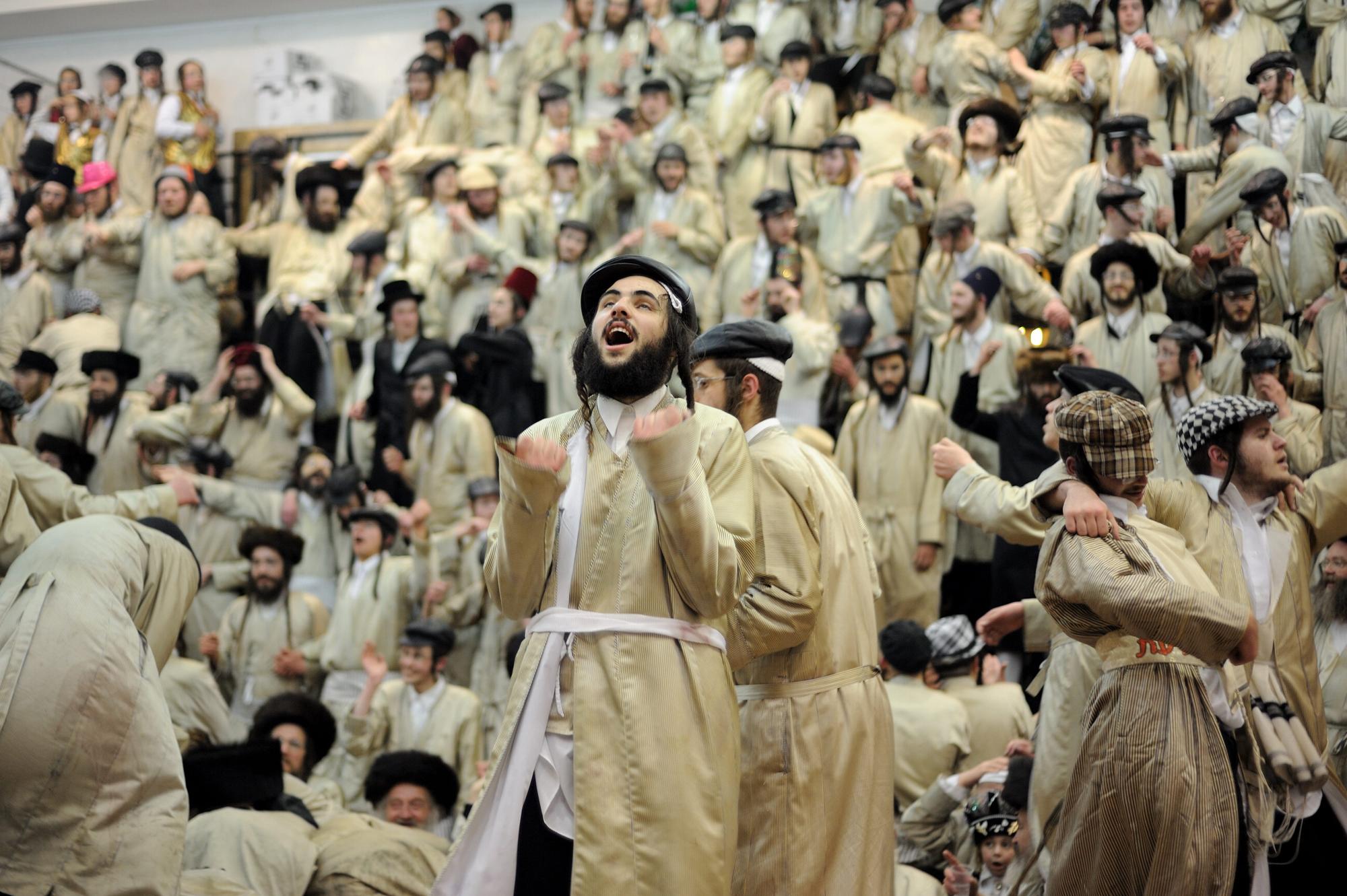
When you covered the refugee crisis in Greece - how much time did you spend with the refugees and how did the refugees react to the presence of your camera?
I was working on this story for two weeks, I started in Athens and Piraeus Port, then continued along the Northern Greek-Macedonian border. The refugees’ reactions were diverse. Some were very friendly, they understood that journalists were there to make their voices heard. They were pleased to see that someone who doesn’t know them is interested in their bad situation and is there to tell their story. Due to religious and cultural restrictions, many women didn’t want to get photographed. I was paying special attention when photographing women, asking for their permission. Some refugees were afraid of being identified in published pictures, a result of always being on the run. More than anything else I felt that all the refugees were afraid of being forgotten in their bad situation.
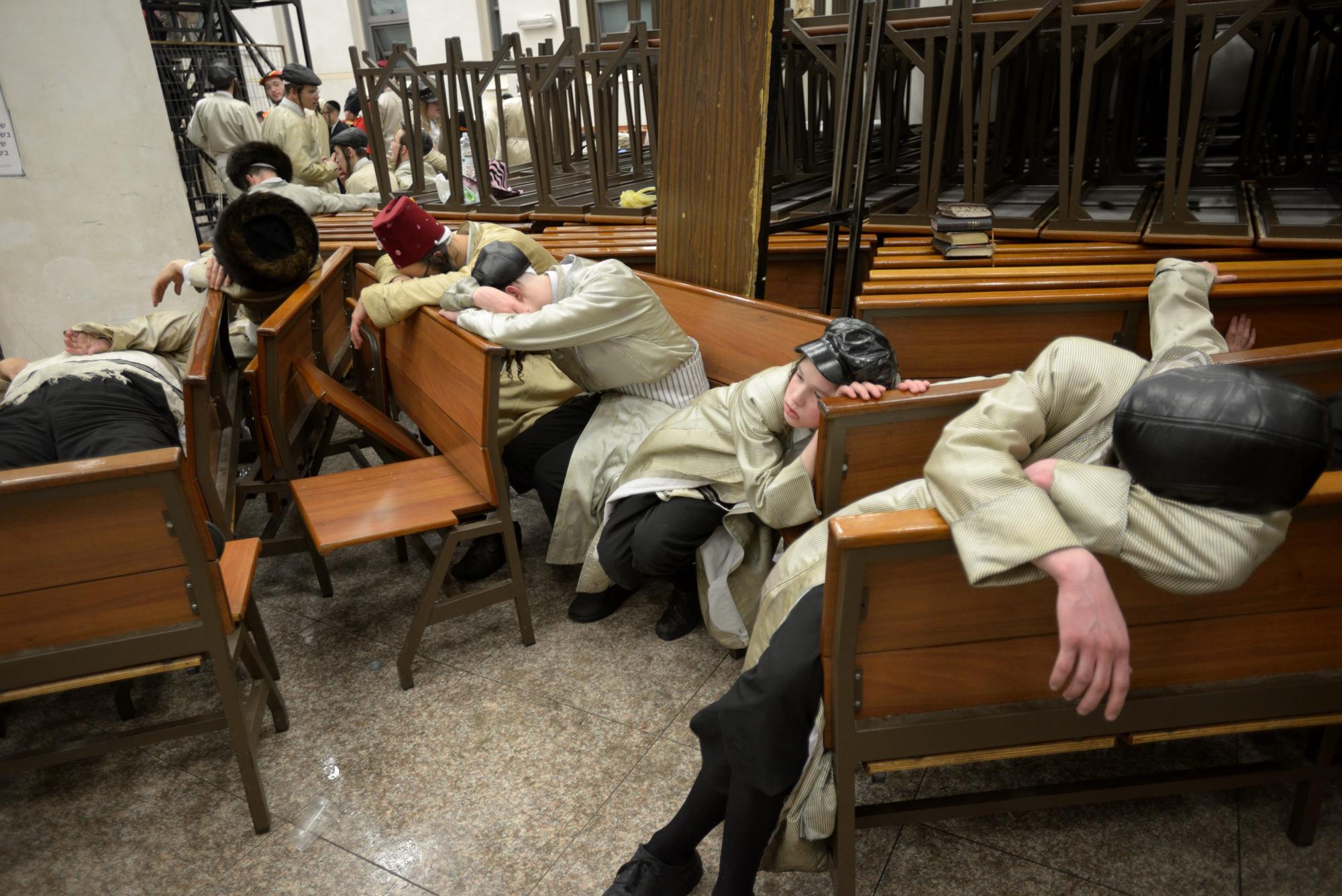
Do you ever collaborate with journalists?
I work alone. I do the research and I also write the accompanying texts.
How do you edit your series - is this something you spend a lot of time with?
I do spend a lot of time on editing. For many photographers editing is so much harder than photographing. I believe that when telling a story, you have to be able to select the pictures that will work together as a coherent piece of work, showing various perspectives. Not all pictures must stand for themselves but most of them do. Each picture should add information or trigger emotional reaction to the viewer. While editing I often leave out some pictures that I really like or add pictures that are not that strong but that add to the complete story.

In 2015 you were shortlisted in the Sony World Photography Awards SWPA for your project ‘Purim Holiday in Jerusalem’. The images are captivating - you as a photographer are almost invisible to these men dancing together in trance-like states. How was that experience?
I photographed the Purim Celebrations many times before and specifically in Mea-She'arim several times before. I was looking for the extremist scenes of celebrations and energy. When I got to the specific location where these images were taken, a large praying hall of one of the extremist and most closed-off sects, I immediately felt the amazing energies. Imagine some thousands of men singing and dancing in ecstasy. It is a very powerful experience for any observer.
Why photography?
It is an excuse to go out and explore whatever your curiosity leads you to. The camera opens a direct channel to people who let you into the most intimate situations in their lives. It is a powerful tool to raise awareness to issues that are important and meaningful to you. And above all, photography is my passion.
Do you have a photographic philosophy?
The subjects are the most important thing. All other elements such as composition, lightning, and other technical stuff are all there to support the subject and what you want to say in the picture. I am a documentarian rather than an artist.

How did you get signed to the agency Flash90? Do you think it is important to be represented by an agency?
There are so many good photographers out there, making it really hard to sell your images and having your work being published. Good agencies can help you with that. They are well connected to publications and handle the logistics, marketing and sales for you.
I started working with Flash90 way back in 2006, getting acquainted with the agency’s founder and editor while we were both documenting the same Israeli NGO. Today I also work with Nurphoto agency for the international market.
What story will you cover next?
I plan to continue covering the refugee issue as it is far from being over and is one of the biggest stories of our time.






